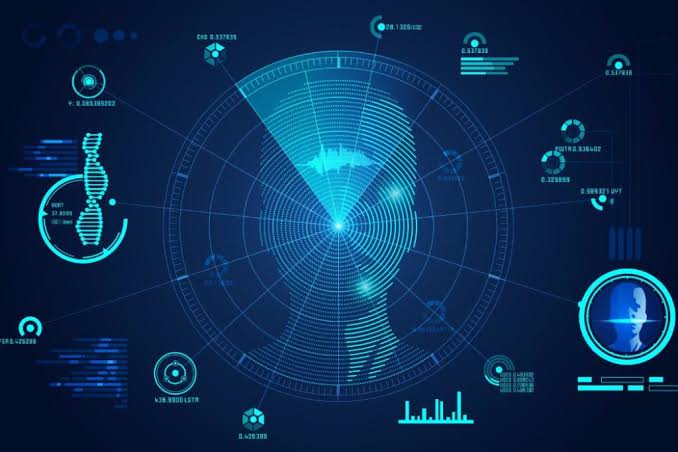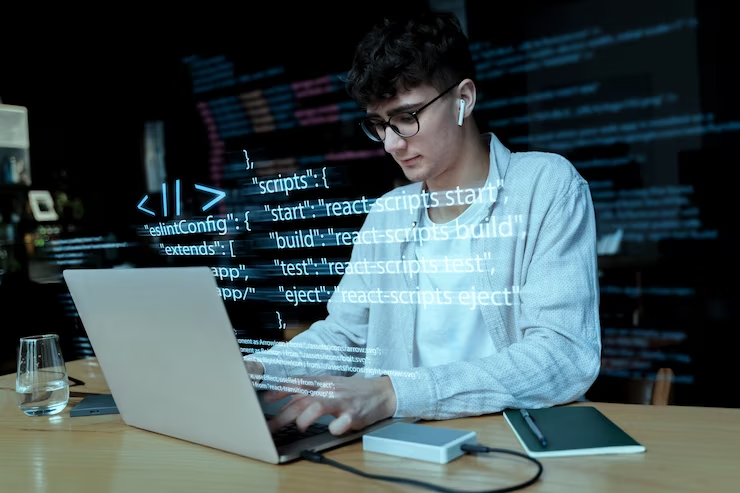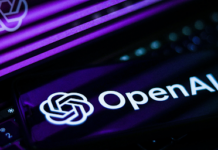Computer vision is said to be one of the very popular areas of the deep learning topic. It is located almost at the crossroads of multiple disciplines which include computer science, physics, mathematics, engineering, and psychology. Having such a wide range of subjects, many of the experts believe that all of these are moving the human population closer to the field of artificial intelligence. Due to the complexity of the computer vision, selecting its right model could be a little challenging. In the given article here, we would try to look upon some computer vision techniques which are being widely used in today’s dynamic world. While these might share some of the common patterns, each of them will need very careful planning and implementation.
Meaning of computer vision technique
As the term Computer Vision reflects a relative understanding of the visual environments and their contexts, several scientists believe that the field paves the way ahead towards the area of Artificial General Intelligence because of its cross-domain mastery. So what exactly is Computer Vision? A couple of formal definitions would help us in understanding the exact meaning of computer Vision.
- According to Ballard & Brown, 1982 “the construction of explicit and meaningful descriptions of the physical objects from the images.
- According to Trucco & Verri, 1998, Computer Vision is the collection of computing properties from the 3D world of one or more digital images.
- According to Sockman & Shapiro, 2001 Computer Vision is the process of making useful decisions about the real physical objects and the scenes based on the sensed images.
Application of computer vision techniques

There is a fast-growing collection of useful applications that can be derived from the field of Computer Vision. Below mentioned are a handful of uses of the Computer Vision application:
- Gaming and controls: An impactful commercial product in the gaming sector that uses the stereo vision is the Microsoft Kinect.
- Image Retrieval: Google Images makes use of content-based queries to search for relevant images. Their algorithms analyze the content presented in the query image and then return the results based on the best-matched content.
- Biometrics: Iris, fingerprints, and face matching are some of the common methods in the biometric identification device which make use of computer vision techniques.
- Surveillance: Surveillance cameras are ubiquitous at multiple public locations and are mainly used for the detection of any kind of suspicious behavior.
- Face recognition: The applications such as Snapchat and Facebook make use of the face-detection algorithms to apply the filters and to recognize individuals in pictures.
- Smart cars: The vision remains the primary source of information for these cars to detect multiple elements such as traffic signals, lights, and other visual parameters.
Various types of computer vision techniques
Having seen the benefits of computer vision technology, now let us have a look at some of the techniques on how computer vision is used in the major internet sector.
- Object Detection
Object Detection is the process of defining the objects that exist in an image, labeling the same and then output the bounding boxes. This differs from the method mentioned above. This is because here the computer is trying to classify several objects rather than just one. Let us take a deeper look at the possible computer vision application. Imagine a warehouse that is filled with goods. If there exist many objects in a warehouse, then it would be a very time-consuming exercise to count all of the items manually. Rather, if there is a robot or a computer that is equipped with a camera that can detect all the objects and keep track of them, this process would save a great deal of time and allow the employees to be productive at other important tasks.
- Image Classification
Image Classification is perhaps, one of the most popular computer vision techniques. One of the biggest issues that need to be solved here is as given below: Let’s assume that there is a set of images in a particular category and these are tasked having predicted the categories for a unique set of test images to determine the accuracy of the predictions. There are a lot of challenges that need to be surpassed, like changing the scales and the viewpoints, lighting conditions, image deformation, and many others.

The process of going about creating the computer vision algorithms which will be able to segment the images in their proper categories is a very interesting and informative data-driven process. Rather than determining how each of the image categories would look like on a code level, the researchers will give the computer several examples of that particular image class for the specific computer vision machine learning. It is the task of the computer to study the images that are provided and learn about the details relating to the visual appearance.
- Semantic Segmentation
Semantic Segmentation is considered to be an essential part of the computer vision which segments the entire image into sections of pixels that can be classified and labeled. To be more specific, the semantic segmentation tries to understand the fact that each pixel plays an important part in a given image. For instance, it is not enough to simply detect an individual or a car. One must even be able to identify where all of the boundaries are. To make such delineation, one requires dense pixel predictions from the models.
- Object Tracking
Object Tracking refers to tracking one or more than one moving object in a given scene. This technique has been traditionally applied to monitor the real-world interactions after the initial object had been detected. This is a very important aspect of self-driving cars which companies such as Tesla and Uber are planning to release. The object tracking mechanism can be categorized into two segments. These segments are generative and discriminative. From these, the generative method is used to describe the obvious characteristics and to reduce the error in reconstruction while searching for the subject.
Whereas, the discriminative approach is considered to be comparatively more powerful and exact. This approach can be used to tell the difference between the background and the subject. Due to this feature, this method has become one of the most preferred tracking methods. It even goes by the name of Tracking-by-Detection. This is in a similar category as that of deep learning.
- Image Reconstruction
Just imagine that there is an old photo and the bits have started to erode over some time. It is a very valuable photo, so one may like to get all of the bits restored. This is the process of image reconstruction. The datasets would generally include current photo datasets to come up with the corrupted versions of the picture which the models are to learn to repair.
- Instance Segmentation
This method categorizes all of the different instance classes like labeling ten cars by using ten different colors. With regards to classification, there is generally the primary image, and the goal is to identify what exactly is the image. But, to segment all of the instances, several other complex processes are needed. If there is a complex scene with multiple overlapping objects along with various backgrounds, then it is required to classify all of the objects and then to identify their boundaries, differences, and how they are related to one another.
Advantages of Computer Vision
The computer vision benefits fall under a fascinating number of headers. Almost every sector, be it private or public, can get the benefit of using computers for tracking, analyzing, and interpreting the world surrounding them. As stronger organizations come to realize the benefits that computer vision and machine learning have to bring on the table, the better AI technology will start affecting our lives. Some of the modern-day benefits of the organizations using computer vision are as follows:
- Real-world Product and Content Discovery
As the Pinterest Lens exemplifies, the concepts across the internet and also the real world can be connected by the use of the computer vision. Just a photograph of anything that one likes starts up a search that brings the interests of the individual directly to their doorstep.
- Unique Customer Experiences
Services such as Snapchat and Animoji are focused to offer an experience that can only be considered as “unique.” The aim here is to provide an entertaining, appealing, intuitive product for the consumers which they can return to. The field of computer vision, especially in the segments of augmentation, facial mapping, and manipulation, had been mostly unheard of until recent years.
- Enhanced Online Merchandising
The Online merchandising business had traditionally relied on the tagging feature to search what the customer is looking for. Now, rather than relying on the tags to rotate between the different styles of the product, the computer vision compares the physical characteristics of each image. This kind of application indicates that the customers would be able to find their desired results via the images to find similar trends to what they are looking out for.
- Experience of the Seamless Store
Amazon is already demonstrating this concept in full swing. No more waiting in long queues, haggling with the cashiers, or worrying about handling the wallet at the time of payment. The store experience, amplified with computer vision, generates a seamless and efficient environment to create an enjoyable shopping experience, every time.
Conclusion
In this blog, we have examined some of the most popular models that are being presently used in today’s technology-savvy industry. As the field of computer vision mechanism develops and becomes more advanced, one can start noticing them being used more often for solving business challenges. This is one of the extremely interesting aspects of the field of artificial intelligence. All of the industries are largely investing in the area of computer vision research by partnering with companies like IBM and Pinterest that are leading the way.
It is even important to make a note of the fact that with all the assistance of computer vision, there are even now with lingering security concerns as it is notorious for the black-box decision making. This is the area where the users become wary of the machines using their data to predict their every move and then making determinations about things such as their health status, credit risk, and many more individual decisions. But, provided the rapidly developing Artificial intelligence field and protection standards, it can be expected that such problems would be resolved to remediate the privacy concerns.
These are some of the major computer vision techniques that can aid a computer extract, analyze, and to understand the useful information from a single or from a sequence of images. Other than these, there are a number of other advanced techniques such as style transfer, action recognition, colorization, human pose estimation, 3D objects, and much more which can be explored.









